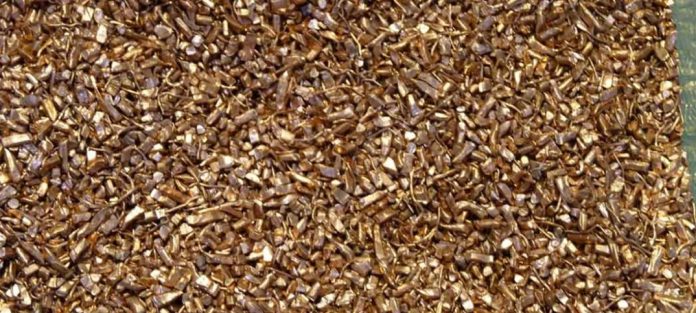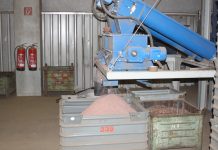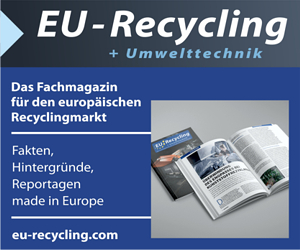The International Copper Study Group released its 2018 Statistical Yearbook covering world copper supply and demand data for the 10-year period 2008-2017.
The Yearbook is an excellent tool that provides an assessment of how the market has evolved over the last 10 years, including trends in global copper production, usage, stocks and trade. The Statistical Yearbook is included as part of the ICSG Monthly Bulletin annual subscription package and is also available for sale as a separate report in PDF/Excel (€200 for orders originating from ICSG member countries and €300 for other orders).
World copper mine production rose by around 29% from 15.5 million metric tonnes (Mt) in 2008 to 20 Mt in 2017 with concentrate production rising by around 31% and solvent extraction-electrowinning (SX-EW) by 22%:
- Mine capacity utilization rate averaged around 84% between 2008 and 2017. However, over the 2009-2011 period, as a result of numerous factors including labour unrest, accidents, technical problems, and world financial crisis’ related temporary shutdowns/production cuts, capacity utilization averaged 82% and mine production grew by a compound annual growth rate (CAGR) of only 0.9%. 2017 was also a year where world mine production was significantly constrained by operational issues.
- Mine production growth averaged 2.9%/y over the 10-year period. However, when excluding 2009-2011, growth was around 4%/y.
- The SX-EW share of total mine production declined from 20% in 2008 to 19% in 2017.
- Notable changes in annual mine production levels over 2008-2017 included increases of 1.2 Mt in Peru, 600,000 t in China, 790,000 t in the Democratic Republic of Congo (DRC) and 495,000 t in Mexico. However, annual production in Chile, by far the largest world copper mine producer, increased by only 175,000 t (Chilean production in 2017 was significantly affected by a strike). Consequently, the country’s share in world production declined from 34% to 27% with Peru and China increasing their shares to12% and 9% from 8% and 7% respectively. The revival of the African copper belt led to an increase in African annual copper mine output of around 1.1 Mt.
- Annual output from countries that were minor producers in 2008, or where copper mine production was non-existent, increased by around 470,000 t.
World refined copper production rose by around 29% from 18.2 Mt in 2008 to 23.5 Mt in 2017, with a CAGR of 3%:
- Primary (electrolytic and SX-EW) and secondary (from scrap) refined production increased by 27% and 43%, respectively.
- The share of secondary production in total refined production increased gradually from 15% in 2008 to around 18% over 2011-2013 before stabilizing at around 17%.
- Over the 10-year period, China’s annual refined production more than doubled from 3.8 Mt to 8.9 Mt, while production in Chile (the second ranked refined copper producer) declined by 20% from 3.1 Mt to 2.4 Mt.
- The expansion of electrolytic refinery capacity in India and Bulgaria and electrowon capacity in Mexico led to significant increases in annual output in these countries (25%, 80% and 50% respectively).
- With the start-up of several SX-EW plants annual production in the DRC grew from around 60,000 t in 2008 to 720,000 t in 2017.
In North America, production fell by 8.5% to 1.8 Mt due to refinery closures in both the United States and Canada. Refined production in the EU rose by 6.5% to 2.7 Mt per year over the same period.
World apparent refined usage increased by 33% (CAGR of 3%) over the 10-year period from 17.9 Mt in 2008 to 23.8 Mt in 2017:
- Growth was driven by China (1) where apparent usage over the 10-year period more than doubled, increasing by around 6.5 Mt.
- China’s share of world usage grew to 50% from 29% in 2008.
- World usage excluding China decreased by 5.5% during the period, mainly due to a decline in refined usage in three of the major copper using regions, namely the EU (-15%), Japan (-16%), and the United States (-11%).
- However, usage increased significantly in the MENA region (83%) and in Asia ex-China/Japan region (25%).
(1) In developing its global market balance, ICSG uses an apparent demand calculation for China that does not take into account changes in unreported stocks [State Reserve Bureau (SRB), producer, consumer, merchant/trader, bonded]. To facilitate global market analysis, however, an additional line item – refined World Balance Adjusted for Chinese Bonded Stock Changes – is included in the table below that adjusts the world refined copper balance based on an average estimate of changes in unreported inventories provided by three consultants with expertise in China’s copper market.
Source: International Copper Study Group (ICSG)







